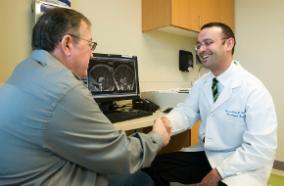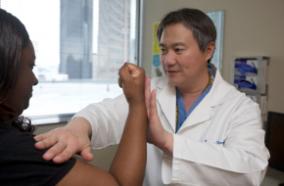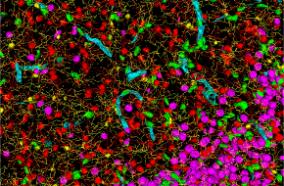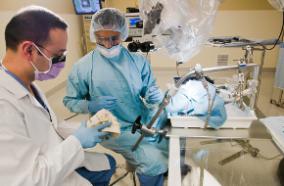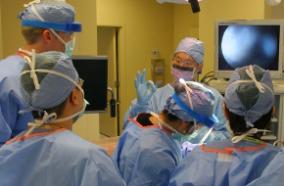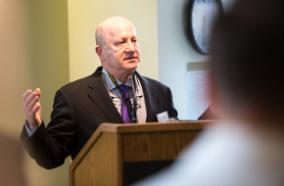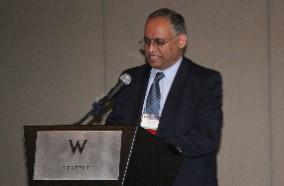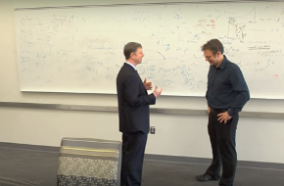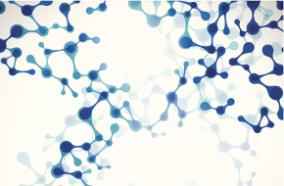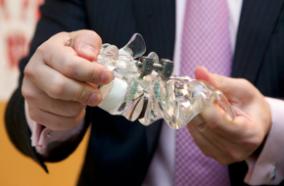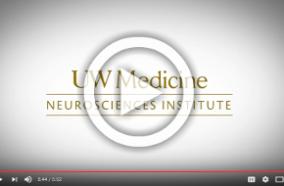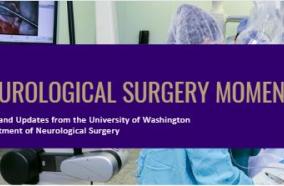4 years 6 months ago
PfSPZ-CVac combines 'PfSPZ Challenge', which consists of infectious Plasmodium falciparum sporozoites (PfSPZ), with concurrent antimalarial chemoprophylaxis. In a previously-published PfSPZ-CVac study, three doses of 5.12x104 PfSPZ-CVac given 28 days apart had 100% vaccine efficacy (VE) against controlled human malaria infection (CHMI) 10 weeks after the last immunization, while the same dose given as three injections five days apart had 63% VE. Here, we conducted a dose escalation trial of...
Sean C Murphy
4 years 6 months ago
Several phosphonium derivatives have been synthesized from Baylis-Hillman (BH) reaction derived allyl bromides and aryl phosphines as mitochondria targeting anticancer agents. In vitro cell proliferation inhibition studies on various solid tumor cell lines indicate that most of the compounds exhibit IC(50) values in µM concentrations. Further studies reveal that β-substituted BH bromide derived phosphonium derivatives enhance the biological activity to low µM IC(50) values. In vitrometabolic...
Zachary S Gardner
4 years 6 months ago
Cerebral vasospasm is a significant cause of morbidity and mortality associated with aneurysmal subarachnoid hemorrhage (aSAH). Intra-arterial chemical and mechanical angioplasty, performed alone or in combination, have been shown to ameliorate cerebral vasospasm and improve patient outcomes. Few options exist for patients who fail these traditional endovascular tactics. We propose a hybrid microcatheter technique that combines the mechanical benefit of transient high pressure induced by...
Melanie Walker
4 years 6 months ago
Epilepsy is one of the most common chronic brain diseases and is often associated with cognitive, behavioral, or other medical conditions. The need for therapies that would prevent, ameliorate, or cure epilepsy and the attendant comorbidities is a priority for both epilepsy research and public health. In 2018, the National Institute of Neurological Disease and Stroke (NINDS) convened a workshop titled "Accelerating the Development of Therapies for Antiepileptogenesis and Disease Modification"...
Aristea S Galanopoulou
4 years 6 months ago
CONCLUSIONS: This study has identified additional risk loci for PBC, provided a hierarchy of agents that could be trialled in this condition, and emphasised the value of genetic and genomic approaches to drug discovery in complex disorders.
Heather J Cordell
4 years 6 months ago
Flow in side-wall cerebral aneurysms can be ideally modelled as the combination of flow over a spherical cavity and flow in a curved circular pipe, two canonical flows. Flow in a curved pipe is known to depend on the Dean number De, combining the effects of Reynolds number, Re, and of the curvature along the pipe centreline, κ. Pulsatility in the flow introduces a dependency on the Womersley number Wo. Using stereo PIV measurements, this study investigated the effect of these three key...
Fanette Chassagne
4 years 6 months ago
Latrophilin-3 (LPHN3), a G-protein-coupled receptor belonging to the adhesion subfamily, is a regulator of synaptic function and maintenance in brain regions that mediate locomotor activity, attention, and memory for location and path. Variants of LPHN3 are associated with increased risk for attention deficit hyperactivity disorder (ADHD) in some patients. Here we review the role of LPHN3 in the central nervous system (CNS). We describe synaptic localization of LPHN3, its trans-synaptic binding...
Samantha L Regan
4 years 6 months ago
CONCLUSIONS: The Kempe incision for craniectomy or craniotomy is a safe, feasible, and effective alternative to the RQM. The authors advocate the Kempe incision in cases in which contralateral operative pathology or subsequent craniofacial/skull base repair is anticipated.
Isaac Josh Abecassis
4 years 6 months ago
CONCLUSIONS: Our results suggest distance-based interventions using wearable technology produce increases in MVPA that endure at least 12-weeks after the intervention is completed.
Sarah J Hardcastle
4 years 6 months ago
Genome-wide association analysis of cohorts with thousands of phenotypes is computationally expensive, particularly when accounting for sample relatedness or population structure. Here we present a novel machine-learning method called REGENIE for fitting a whole-genome regression model for quantitative and binary phenotypes that is substantially faster than alternatives in multi-trait analyses while maintaining statistical efficiency. The method naturally accommodates parallel analysis of...
Joelle Mbatchou
4 years 6 months ago
Human AUTS2 mutations are linked to a syndrome of intellectual disability, autistic features, epilepsy, and other neurological and somatic disorders. Although it is known that this unique gene is highly expressed in developing cerebral cortex, the molecular and developmental functions of AUTS2 protein remain unclear. Using proteomics methods to identify AUTS2 binding partners in neonatal mouse cerebral cortex, we found that AUTS2 associates with multiple proteins that regulate RNA transcription,...
Anthony S Castanza
4 years 6 months ago
CONCLUSION: Two-thirds of children with complex mild TBI experienced incomplete functional recovery at 1 year. The co-occurrence of hypotension and cerebral autoregulation may be a sufficiency condition needed to affect TBI outcomes.
Thanyalak Thamjamrassri
4 years 6 months ago
No abstract
Sue C Bodine
4 years 6 months ago
CONCLUSIONS: IMI is increasingly being recognized as an improvement to standard oncologic surgical resections and will likely advance the art of cancer surgery in the coming years. The endpoints in each individual surgical subspecialty are varied depending on how IMI helps each specialty solve their clinical challenges.
Feredun Azari
4 years 6 months ago
CONCLUSIONS: Following initiation of S/V, NT-proBNP, hs-cTnT, and sST2 concentrations decreased significantly. Longitudinal changes in NT-proBNP and hs-cTnT together associated with left atrial and left ventricular reverse remodeling. Registration: URL: https://www.clinicaltrials.gov; Unique identifier: NCT02887183.
Sean P Murphy
4 years 7 months ago
CONCLUSIONS: Thrombectomies of distal vessels achieve high rate of successful reperfusion with similar safety profile to those in more proximal locations.
Mohammad Anadani
4 years 7 months ago
Despite new advances on the functions of ER chaperones at the cell surface, the translocation mechanisms whereby these chaperones can escape from the ER to the cell surface are just emerging. Previously we reported that in many cancer types, upon ER stress, IRE1α binds to and triggers SRC activation resulting in KDEL receptor dispersion from the Golgi and suppression of retrograde transport. In this study, using a combination of molecular, biochemical, and imaging approaches, we discovered that...
Richard Van Krieken
4 years 7 months ago
The severe acute respiratory syndrome coronavirus 2 (SARS-CoV-2), the causative agent of the COVID-19 global pandemic, utilizes the host receptor angiotensin-converting enzyme 2 (ACE2) for viral entry. However, other host factors might also play important roles in SARS-CoV-2 infection, providing new directions for antiviral treatments. GRP78 is a stress-inducible chaperone important for entry and infectivity for many viruses. Recent molecular docking analyses revealed putative interaction...
Anthony J Carlos
4 years 7 months ago
CONCLUSIONS: These results extend the results of prior single-institution studies, demonstrate significant treatment variability between institutions, and challenge the traditional concept that tethering is related to spinal cord stretching due to spinal growth.
Mark S Dias
4 years 7 months ago
Prostate cancer is the most common malignancy among men worldwide. Platinum (II)-based chemotherapy has been used to treat a number of malignancies including prostate cancer. However, the potential of cisplatin for treating prostate cancer is restricted owing to its limited efficacy and toxic side effects. Combination therapies have been proposed to increase the efficacy and reduce the toxic side effects. In the present study, we investigated how isoalantolactone (IATL), a sesquiterpene lactone...
Hang Huang
"university of washington"[affiliation] and neurological surge...: Latest results from PubMed
More posts about UW Neurological Surgery Recent PubMed Publications

